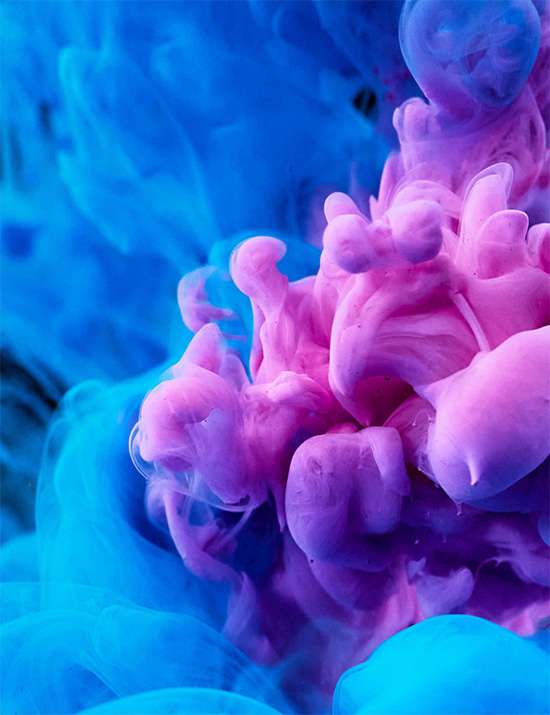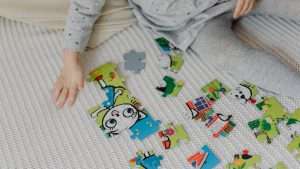Who buys blue toys for boys, and pink toys for girls?
04 Aug 2022

Photo by cottonbro: https://www.pexels.com/photo/high-speed-photography-of-colorful-ink-diffusion-in-water-9669094/ Brands and buyers continue to thrust gender color coded toys on children. There is a huge opportunity for brands which are willing to go beyond this.
Children below the age of 4 are bought gender color coded toys. However, the older they become the less they prefer such toys. Based on analysis of color preferences of children, toys in colors in such as green and purple are vastly underrepresented. Brands can leverage this gap
Blue for boys, and pink for girls. Parents increasingly detest this. Some toy brands have taken the cue and publicly announced that their toys will be gender neutral going forward. However, Ongil.ai’s analysis reveals that the production and consumption of gender driven color codes in toys are far from over. Further, insights derived from our data point out that while children don’t seem to prefer gender driven color codes, it is the buyers (parents in a lot of cases) who persist with the concept. Brands, of course, yield to buyers’ wishes.
It is obvious that preference for color is quite strong while choosing a product. However, the choice for different colors is not evenly spread across the population. A survey by the research firm YouGov revealed that blue is the favorite color across gender, age-group, ethnicity, and nationality. Pink as a preferred color choice does not figure among the top 5 overall. It is not even half as popular as blue even among women, who are typically associated with it.
In toys, Ongil.ai’s analysis shows that sales of toys by the color of the toy varies significantly from overall population’s color preference. Blue has the most sales in toys as in the case with the overall color popularity. However, it is in the popularity of subsequent colors that there is significant divergence. Red, green, and purple are ranked 2,3 and 4 in people’s color choices. However, by toy sales, red, green, and purple are ranked 5,4 and 8 respectively. It is the color that is ranked 2 that stands out. Pink is, perhaps unsurprisingly, is the second most popular color by toy sales. Pink toys with 16% revenue share, is almost 5 times more popular than what one would expect based on people’s general color preferences.
Is the pink fetish in toys true across toys for different age groups? Before we answered that question, we wanted to understand what type of toys children in different age groups prefer. Our data show that dolls and playsets are the largest segments in toys for children between ages 2 and 4. However, in the toys for ages 5-7 building sets emerge the clear winner. In fact, dolls & playsets are not even in top 5. Obviously, this change is observed across every age group.
Children above the age of four look beyond blue and pink for their toy colors. Blue which is the world’s favourite color continues to be popular. Pink which has strong gender connotations is less popular when children age
Next, we analyzed, the color distribution of toys in different age groups. We strikingly found that lower the age group higher the proportion of blue and pink toys. For example, the percentage of pink and blue toys by revenue in the 0-2 years age group is 39%. On the other end of the spectrum, the percentage of pink and blue toys in the Above 14 years and above age group is only about 19% of the overall sales. However, it must be pointed in the case of 14 years and above age group, blue itself makes 17% of the overall sales while pink has only 2%. However, in the toys for ages between 0 and 4, the share of blue and pink toys is almost equal.
What does this mean for the brands?
It is now clear from various sources that both parents and the children are not keen on stereotypical toy colors. However, lack of peer acceptance is keeping them away from buying the toys. Brands which can breach this barrier have a lot to gain. How can they do this?
- Manufacture toys in multiple colors. Colors such as purple and green are vastly underrepresented in toys despite their overall popularity as colors.
- Use the alternate toys to market specifically for unisex toys.
- Run campaigns that will discourage bullying for playing with toys that are not stereo typically coloured.
Join ⚡️ Ongil.ai community
Highly sector specific insights to drive actions for free. We are starting with the Toys & Games segment.
No fluff. No rehashing of old content. Insights to Implement




